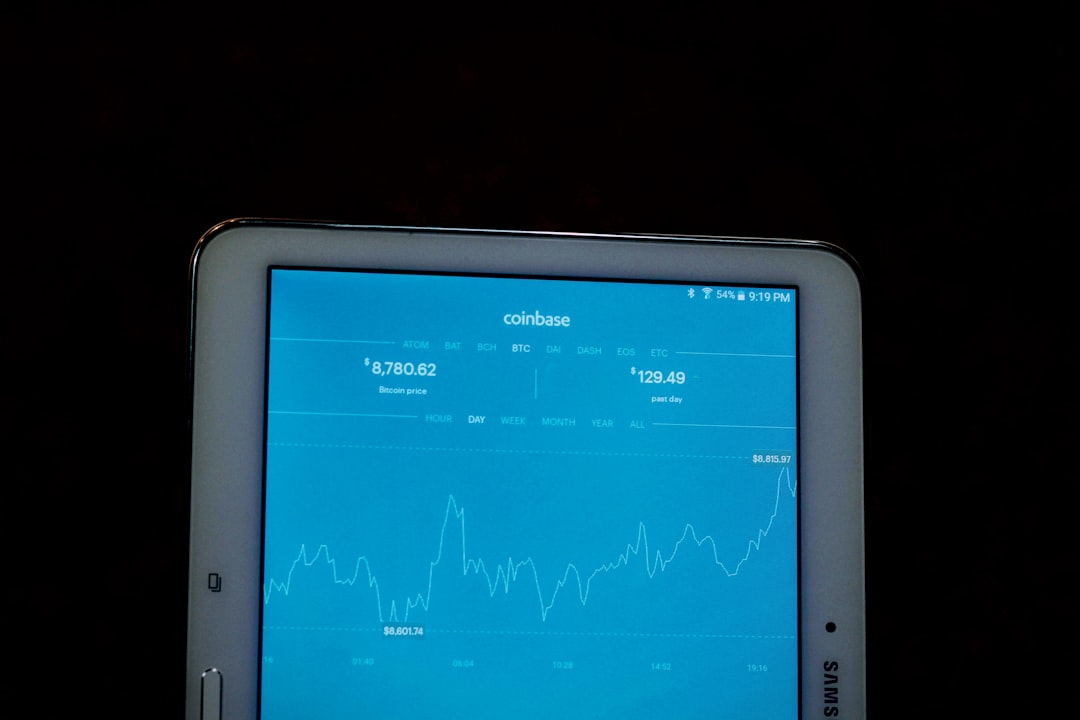In today’s fast-paced digital marketplace, understanding your competitors has become more crucial than ever. As businesses gear up for 2025, gaining real-time insights into competitor strategies, trends, and customer behavior is key to staying ahead. Competitive analysis tools offer companies a clear lens through which to view their industry landscape, identify opportunities, and refine marketing strategies. With numerous options available, selecting the right tools can make all the difference in achieving market success.
This article dives into the top 6 competitor analysis tools that are poised to lead the market in 2025. From advanced analytics to AI-powered tracking, these tools empower businesses to make data-driven decisions in an increasingly competitive environment.
Contents
1. SEMrush: The All-in-One Marketing Toolkit
SEMrush has long been recognized as an industry leader in digital marketing and competitive research. This versatile platform offers businesses a comprehensive suite of features, including:
- Domain analytics for competitor website performance
- Keyword research to identify high-performing search terms
- Backlink reports to uncover linking strategies
- Traffic analytics for in-depth visitor insights
What sets SEMrush apart is its vast database, which monitors over 140 countries and keeps expanding. In 2025, users can expect even more localized analytics and AI-driven suggestions to optimize their marketing efforts.

2. Similarweb: Market Intelligence You Can Act On
Similarweb is celebrated for delivering a bird’s-eye view of online behavior and traffic patterns across competitors.
Its strengths lie in:
- Website traffic data across industries, regions, and devices
- Customer journey mapping to understand how users reach competitors
- Channel analysis separating paid, organic, referral, and social sources
This tool is especially helpful for businesses entering new markets or benchmarking their online performance. In 2025, Similarweb is ramping up its predictive AI models that will forecast trends based on past and real-time data.
3. Ahrefs: Deep Dive Into SEO and Backlinks
Ahrefs specializes in SEO analytics and competitive research, offering unmatched backlink intelligence and keyword tracking. It’s one of the most reliable platforms for dissecting competitor content strategy and domain authority.
Key features include:
- Site Explorer for detailed traffic and backlink profiles
- Content Explorer to find viral competitor content
- Rank tracker monitoring for keywords across geographic areas
With a robust crawler that rivals even Google’s, Ahrefs is a favorite among SEO professionals. Going into 2025, users will benefit from enhanced AI-generated reports that simplify technical data for strategic decision-making.
4. Crayon: Visual Competitive Intelligence
Crayon is tailored for real-time market intelligence, delivering updates on changes competitors make across websites, social platforms, and digital campaigns.
What makes Crayon unique are its:
- Alerts and notifications for any competitor site changes
- Deal and battlecard creation based on competitor data
- Collaborative dashboards for sales and marketing teams
Crayon aids in creating a complete snapshot of competitor moves, ensuring businesses don’t miss a beat. In the coming year, expect Crayon to leverage machine learning even more effectively to filter noise and surface significant competitive events.
5. SpyFu: Take a Peek Into Competitor Ad Strategies
SpyFu allows users to dig into their competitor’s Google Ads campaigns, offering access to years of data.
Top capabilities include:
- Competitor keyword tracking for organic and paid search
- PPC ad copies with historical performance data
- Shared keywords and gap analysis between brands
SpyFu is perfect for marketers who want to optimize campaigns and uncover missed keyword opportunities. It also reveals which ads worked and which didn’t — a crucial advantage heading into an AI-enhanced advertising landscape in 2025.

6. BuzzSumo: Content Performance and Influencer Insight
Analyzing competitor content is seamless with BuzzSumo. This platform focuses on content performance, social engagement, and influencer identification.
BuzzSumo offers:
- Most shared content data across social platforms
- Competitor content alerts delivered in real time
- Influencer reports to find topic leaders in any niche
Ideal for content strategists and PR professionals, BuzzSumo in 2025 is set to include more video performance metrics and advanced sentiment analysis based on AI-driven text interpretation tools.
Choosing the Right Tool for 2025
Selecting the best competitor analysis tool depends on your business objectives. Companies focusing on SEO and backlinks may favor Ahrefs, while others seeking holistic market intelligence may lean toward Similarweb or SEMrush. For sales enablement and real-time alerts, Crayon takes the lead.
As AI and automation become more mainstream, each of these tools intends to incorporate smarter features. Businesses that integrate these solutions into their strategy now will have a competitive advantage moving into 2025 and beyond.

FAQs
1. What is competitor analysis, and why is it important?
Competitor analysis involves studying your rivals to understand their strengths, weaknesses, marketing strategies, and market position. It allows businesses to forecast industry trends, refine their strategies, and uncover opportunities that competitors may have overlooked.
2. Can small businesses benefit from these tools?
Absolutely. Many tools like SpyFu and Ahrefs offer affordable plans tailored for small businesses. Leveraging even basic versions can provide valuable insights without breaking the bank.
3. Are competitor analysis tools AI-powered in 2025?
Yes, most leading tools now include AI-driven features such as predictive analytics, smarter alert systems, and automated reporting. AI helps businesses stay a step ahead by quickly interpreting large volumes of data.
4. What’s the best tool for tracking ads specifically?
If your focus is purely on analyzing competitors’ ad strategies, SpyFu is an excellent choice. It provides detailed pay-per-click (PPC) data along with historical ad copies and keyword trends.
5. How frequently should competitor analysis be conducted?
Competitor analysis should be an ongoing practice. Most tools offer real-time tracking and updates, allowing businesses to stay continuously informed and agile in their strategies.
6. Can these tools integrate with other platforms?
Yes. Many competitor analysis tools integrate with CRM systems, reporting dashboards, and marketing automation platforms to ensure seamless workflow and enhanced productivity.
In summary, investing in the right competitor analysis tools not only prepares businesses for 2025’s market dynamics but also ensures they’re better equipped to adapt and thrive in any competitive environment.




